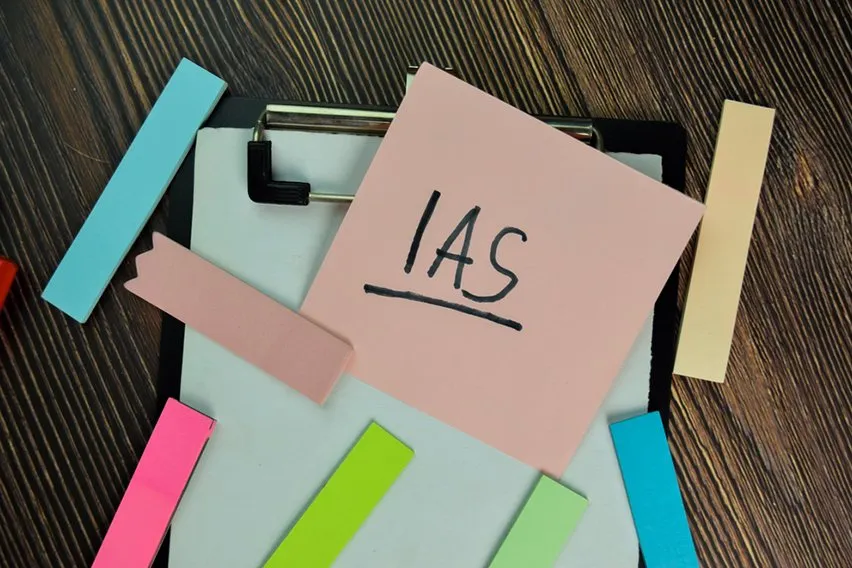Difference Between Invoice and Tax Invoice

If you’re running your own business then you’ll almost certainly have dealt with your fair share of invoices.
Invoices are an important part of the normal financial activities of everyday businesses. They are a form of evidence for the transactions made and can be used as a reference point for past transactions.
But there is not just one type of invoice, and the two that often get confused are invoices and tax invoices. So what exactly is the difference?
We’ll take a closer look at the main differences between both types of invoices and give you a breakdown of the definitions.
Here’s What We’ll Cover:
What Are the Key Differences Between an Invoice and a Tax Invoice?
What Is an Invoice?
An invoice is a document used in business to record a transaction.
A standard invoice will provide a record of the items that have been bought and sold, and the amount of money that is due to be transferred between the two parties. You can also call an invoice a bill or a request for payment.
An invoice is used at the point before any payment has been made for the goods or services.
The document has information that is important and useful to both parties involved – the burger and the seller.
The seller will use the document to follow up with the buyers for payments. They’re also useful to keep a detailed record of the total amount owed to you by various customers.
The buyers will use the document as a proof of purchase. It can be useful for bookkeeping and accounting purposes as well as seller accountability. This is especially true when there has been some form of error with the delivery, or when the goods or services don’t match with expectations. The invoice can then be used to start the process of a refund.

A standard invoice will contain the following information:
- The date the invoice was issued
- A unique invoice number
- The details of the buyer
- The details of the seller
- The quantity of products transacted
- The price point of each product per quantity
- The total price
- The payment terms
- Any added discounts
- The signature of the seller
What Is a Tax Invoice?
A tax invoice is a legal document that is issued to a registered purchaser during a sale. It is issued by a registered seller.
Tax invoices are always created in threes; one is issued to the buyer, and two copies are kept with the seller. The second copy will then be later submitted by the seller to the relevant government authority.
The use of tax invoices are important in any country. They play a key role in the tax system as a way of recognising transactions.
When it comes to a business’s accounting process, the content of the company’s tax invoices are submitted to the relevant authority at the end of every financial year. This is to enable things such as tax relief.
These invoices are also important to the government. This is because they in turn prevent things such as tax evasion.
A standard tax invoice will contain similar information as a regular invoice but with some key differences. So the entire invoice will contain the following information:
- The date that the invoice was issued
- A unique invoice number
- The details of the buyer – a name and address
- The details of seller – a name and address
- The relevant tax identification number
- A description of the items
- The quantity of the items in the transaction
- The price point per item
- The payment terms
- Any relevant GST charged on each item
- The amount of tax that has been charged
- The total cost including tax or GST if relevant
- The signature of the relevant signatory
What Are the Key Differences Between an Invoice and a Tax Invoice?
There are a number of key differences that set apart a regular invoice and a tax invoice. These differences include:
Definition
A tax invoice is a document that has been legally recognised by the relevant government authority. It has also been issued by an authorised dealer to a purchaser. It will show the tax amount payable for the exchange of any goods or services.
Whereas an invoice is a document that is issued from a buyer to a seller that shows the amount due for the goods and services that have been exchanged.

Contents
As we mentioned above, both documents will contain similar information. However, there are some differences such as the tax or GST amount payable.
Objective
The main objective of a standard invoice is to request payment for the goods or services that were processed during the transaction. The main objective of a tax invoice is to avail tax credit or a form of tax relief.
Preparation
A tax invoice will have three copies made. One for the buyer, one for the seller, and one for the government. A regular invoice will always just have one for the buyer and one for the seller.
Authorisation
When a tax invoice is issued, both the buyer and seller must be registered as authorized dealers. Regular invoices only need the seller to be a registered business or company.
Key Takeaways
Both invoices and tax invoices are important financial documents. But when you’re running a business, it’s vital that you understand the difference between the two.
Tax invoices can only be issued by registered dealers in the given region. Whereas invoices can be issued by any business or company.
Are you looking for more business advice on everything from starting a new business to new business practices?
Then check out the FreshBooks Resource Hub.
RELATED ARTICLES

 What Is a BAS Statement? A GST Guide
What Is a BAS Statement? A GST Guide Business Vs Company: What’s the Difference?
Business Vs Company: What’s the Difference? What Is a Purchase Journal? Definition, Format & Example
What Is a Purchase Journal? Definition, Format & Example Difference Between Activity Based Costing Vs Traditional Costing
Difference Between Activity Based Costing Vs Traditional Costing What Is a Sales Journal Entry: Definition & Importance
What Is a Sales Journal Entry: Definition & Importance What Is IAS (Instalment Activity Statements)
What Is IAS (Instalment Activity Statements)